Pirelli’s updated hypersport family is now complete with the latest two-tiered super-sticky Supercorsa V4
“If it looks grippy, it probably is.” A sentence that’s probably been uttered thousands of times when the conversation turns to motorcycle tyres and, after sampling the latest incarnation of Pirelli’s Diablo Supercorsa hoops, I can now add to the chorus: the tyres look like sticky merchants, and they damn well are!
The release of the Diablo Supercorsa V4 range now completes the fourth-generation of Pirelli’s road-based hypersport family, which also includes the Diablo Rosso (‘the sporty tyre for the road’) and Diablo Rosso Corsa (‘the fiercer version of the Diablo Rosso’).

It was apt that AMCN ventured to the Phillip Island Grand Prix Circuit to sample the new product, just a day after defending champion Alvaro Bautista had swept the floor in the opening round of the Superbike World Championship on his factory Ducati Panigale R.
The location was no coincidence, as Pirelli’s two-decade association with the WorldSBK series as the official tyre supplier has a direct link to the Supercorsas – the ultimate ‘open air laboratory’, so to speak. In fact, Pirelli’s motorsport roots across myriad of two- and four-wheeled categories go back 116 years, so that amounts to quite the vast knowledge bank.
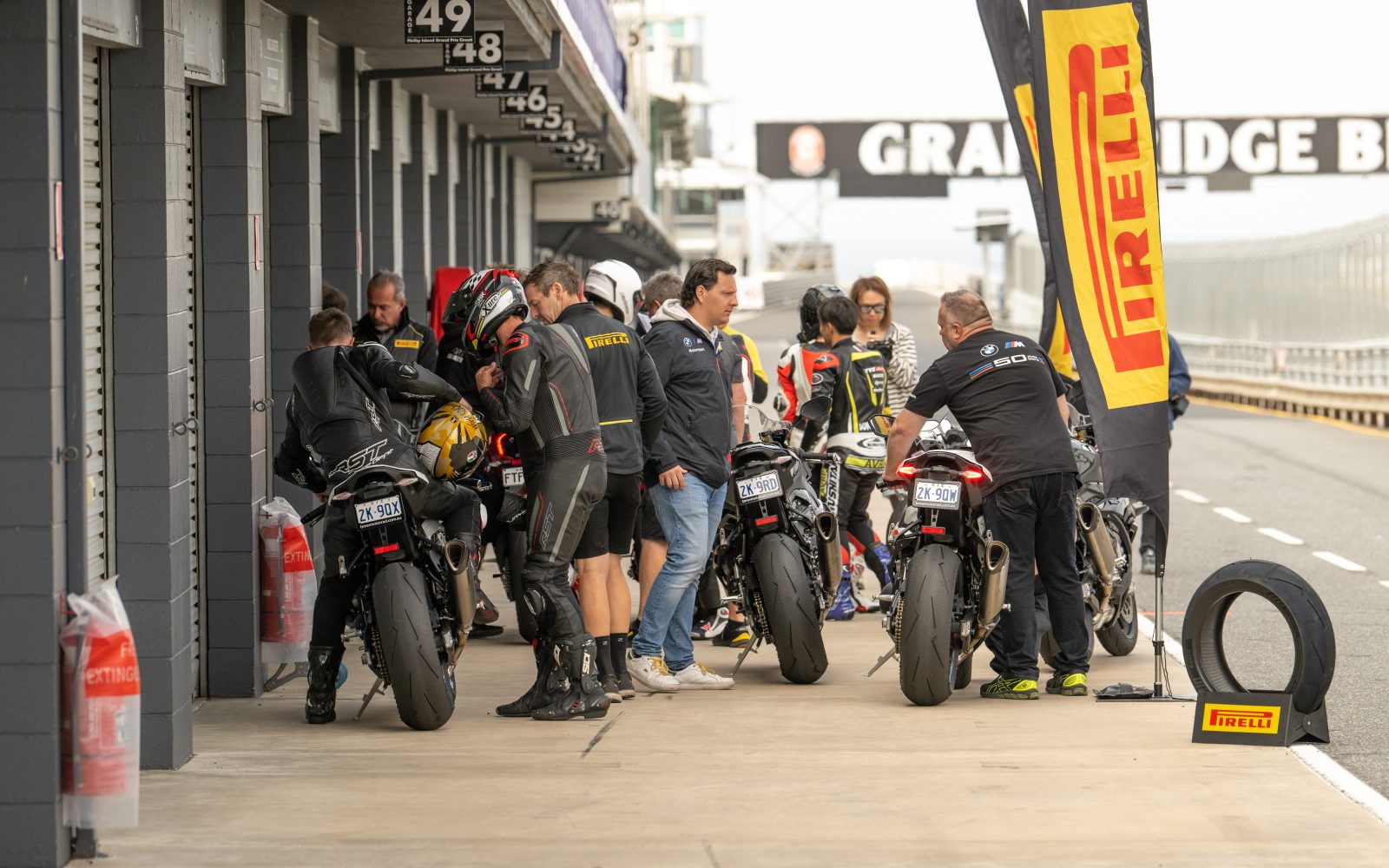
In terms of Pirelli’s hypersport line-up, the Supercorsas are the pin-ups for the company’s ‘sell what we race’ mantra, where the land/sea ratio – the level of grooves compared to rubber – is the lowest on record.
Sure, there’s an element of ‘street-legal slicks’ about it, but even within those sporty parameters the latest-generation Supercorsas – which feature a mix of silica and carbon black compounds and have a new tread, profiles, carcass and stiffer sidewall – still suit a wide variety of riders, bikes and abilities.
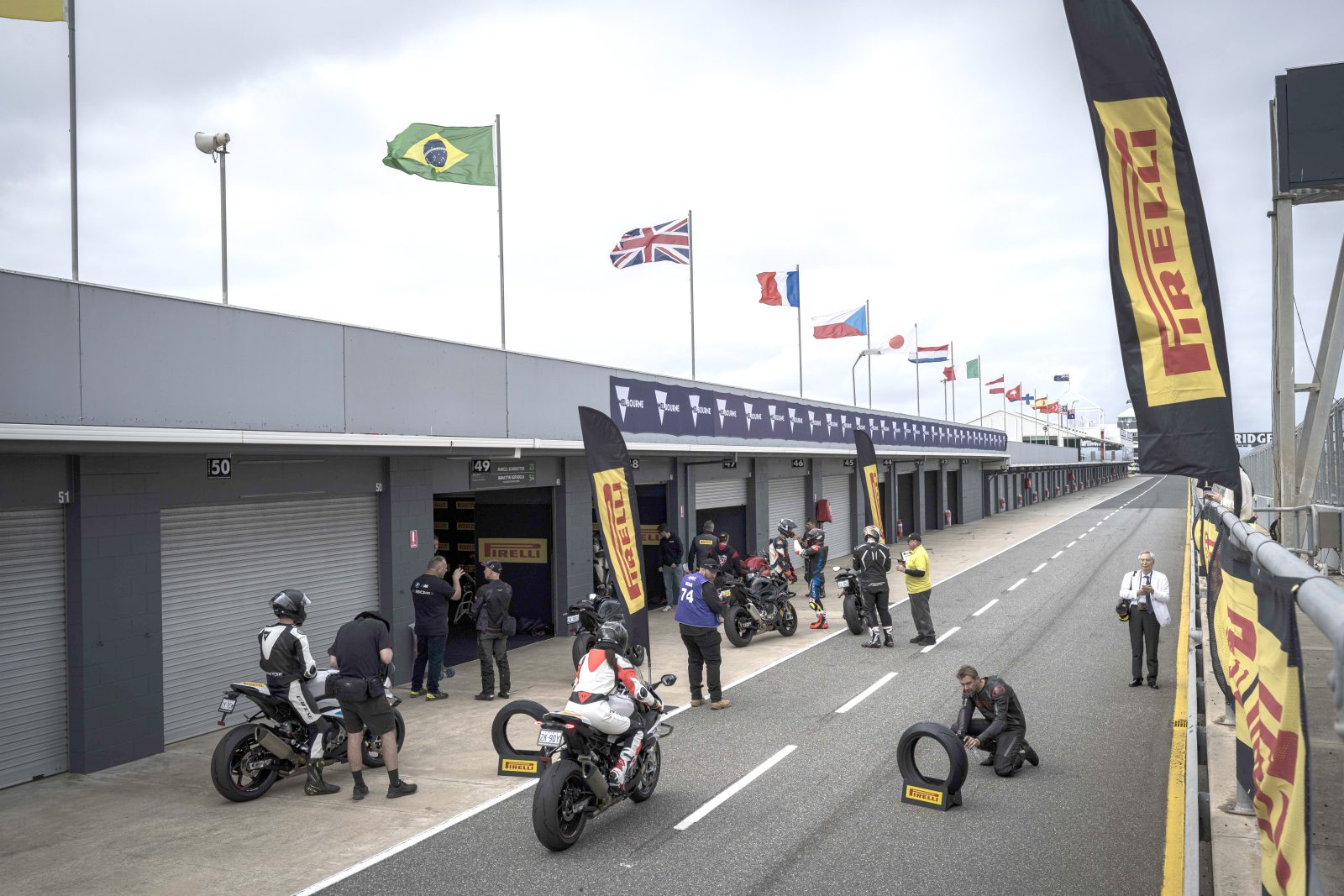
Thanks to the structural gains, the latest Supercorsas are also claimed to have better damping qualities, while Pirelli’s signature ‘flash’-shaped groove continues to promote more consistent wear and better water dispersion.
The Supercorsas are available across two tiers: the SP, which is pitched towards road riders and those who enjoy the occasional racetrack outing; while the SC has a dedicated track focus. There’s only one SP tyre, but three versions of the SC: 1, 2 and 3. Let’s take a closer look.
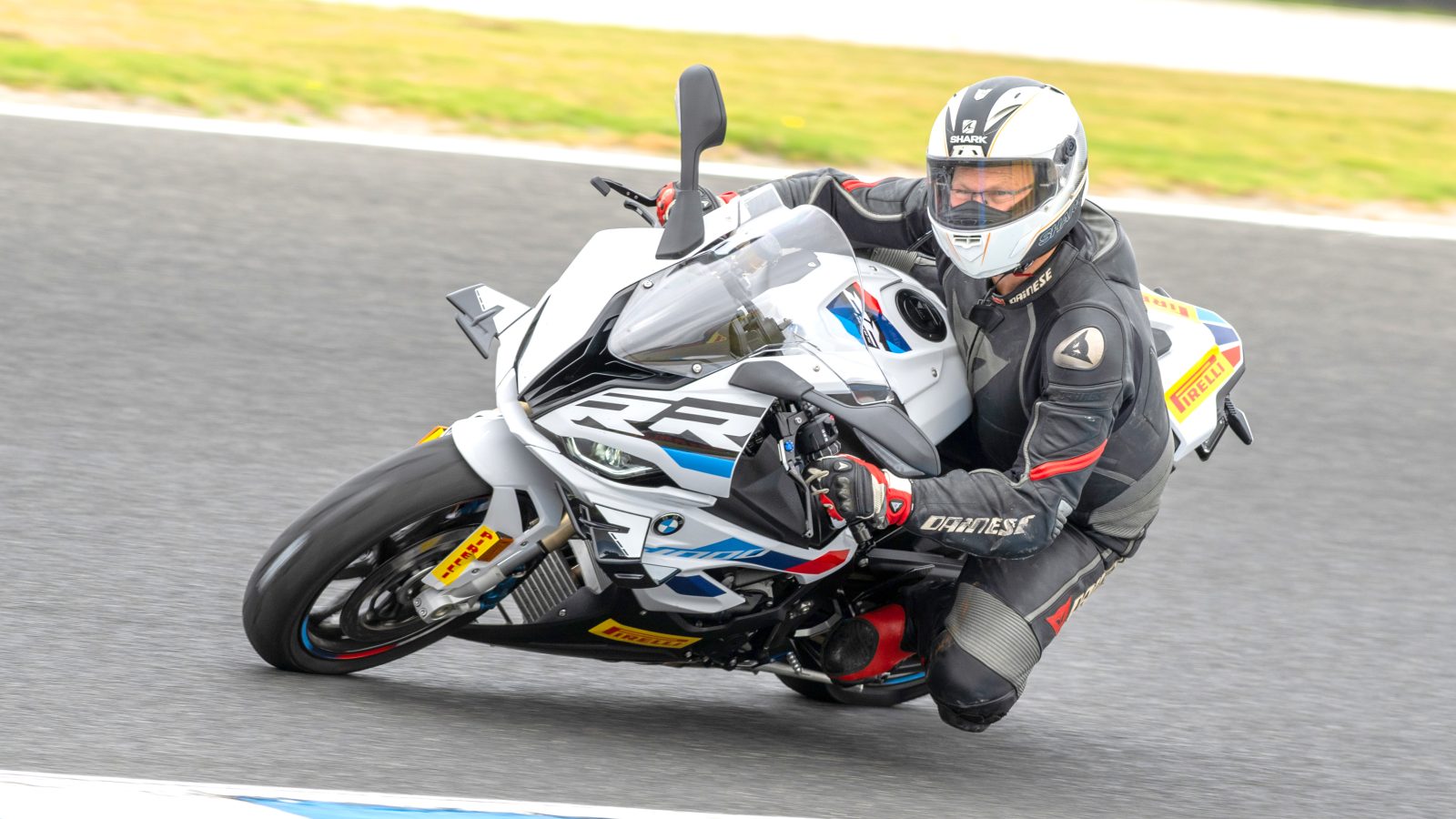
SP FROM TRACK TO ROAD
The SP is a dual-compound road-biased tyre, with the hard centre and base focusing on durability, consistent wear, wet-weather performance and a quick-fire warm-up period. The centre then morphs into race-compound flanks, so you’ll get plenty of grip at extreme lean angles. The flank compound is the same as the SC3 track-based tyre, which in effect means it’s a slick.
The tyre is designed to work effectively with both road and track pressures, while the rear has what Pirelli calls an “Adaptive Base Compound” which is 100 percent black carbon and runs along the base of the tyre. The main advantages are in its endurance and thermal properties, so it will continue to work well even when the ambient and track temperatures aren’t ideal, and it’ll cope with constant heat cycles (going from hot to cold). Phillip Island was the perfect micro-climate to test those claims!
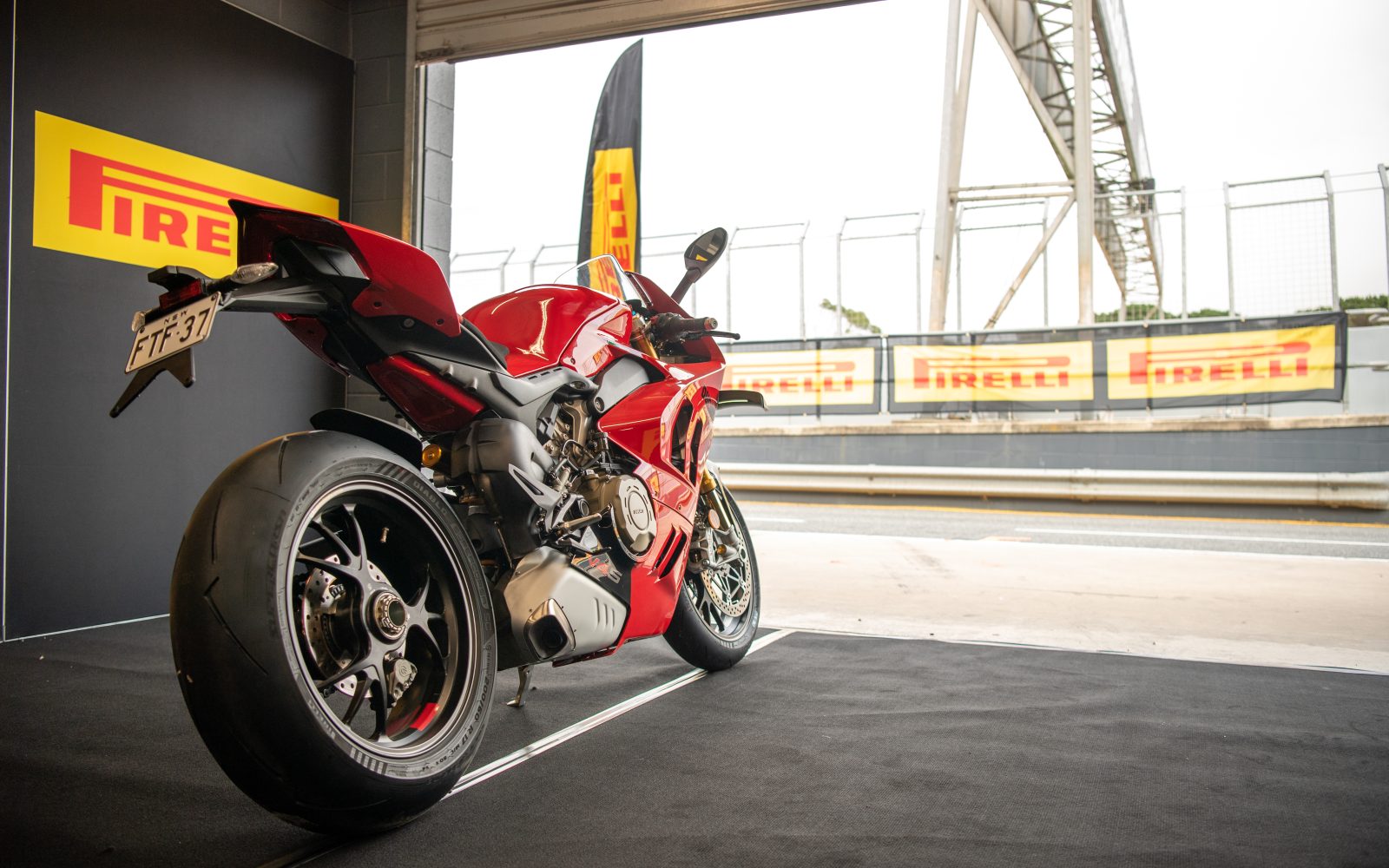
And speak of the devil, due to a shortened day – pesky precipitation the culprit – I only had one 15-minute session on the SP tyres, but like the 2023 BMW S 1000 RR I was riding my ability was no match for the professionalism they brought to the Phillip Island table.
I was pushing as hard as my talent, confidence levels and tight-fitting leathers would allow, and on the fast and flowing grand prix circuit I did manage to get the rear tyre to ball up nicely – a proud moment after a long racetrack hiatus.
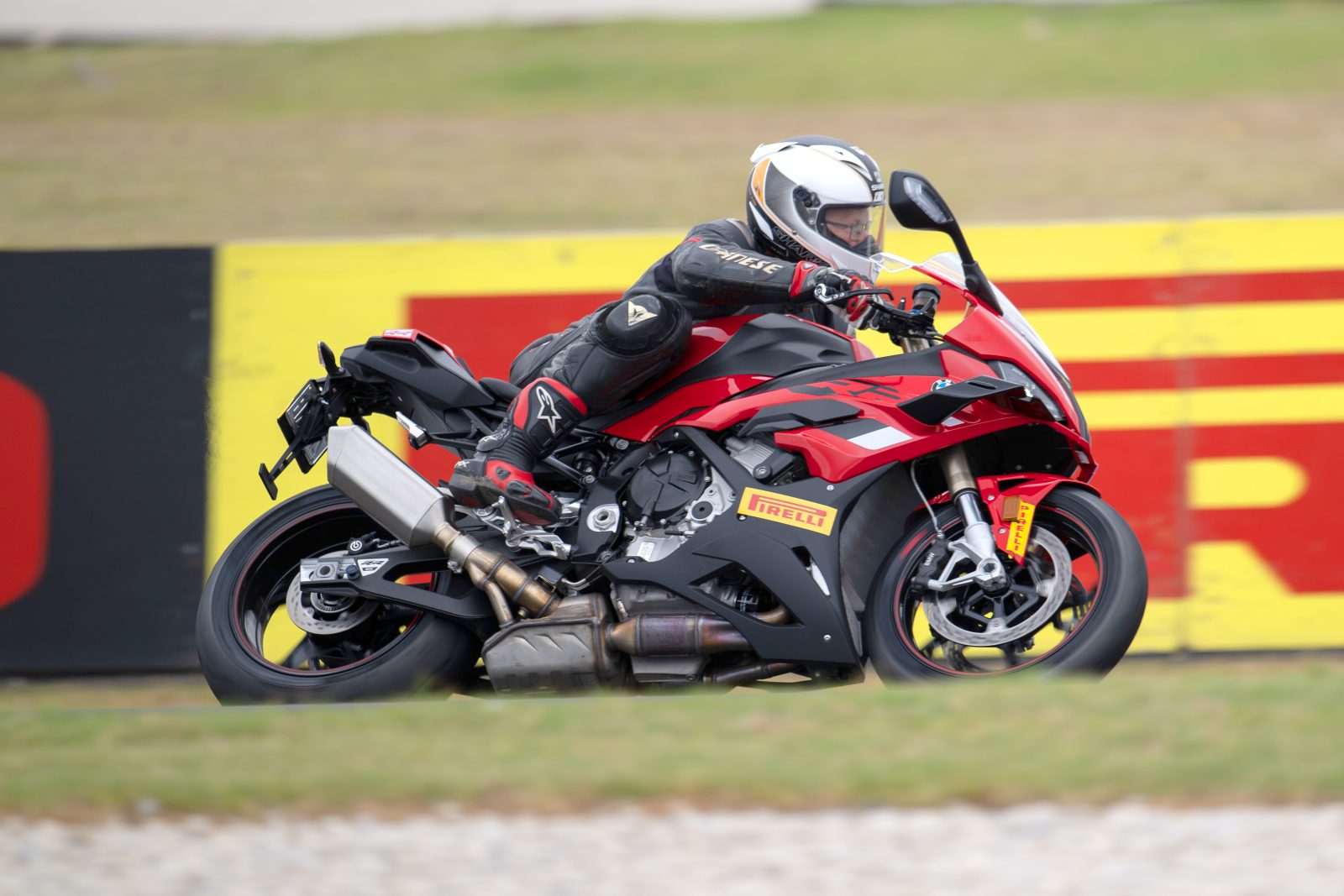
Conversely, I wasn’t pushing the front anywhere near its capacity, but that was to be expected as my pace was on the moderate side. Even with my speed limitations, it’s hard – and always has been – to review tyres in isolation and compare them against previous incarnations, as their efficacy on any given day is based on so many variables including ambient and track temperature, machine setup, the condition of the circuit, etc.
Although SP is not recommended as a track-only tyre, thanks to the SC3 shoulders I’d happily leave it as a permanent fixture on my sportsbike or sporty naked if I only did the odd rideday, interspersed with spirited road riding.
But if venues like Phillip Island or Sydney Motorsport Park are your more favourite happy hunting grounds, then let’s take a look at what the SCs bring to the table.

SC THE TREADED RACING TYRE
This is where the Supercorsa range gets to the real business end of firepower and performance as mileage takes more of a back seat. The SC development emanates directly from the slicks that Bautista, Jonathan Rea, Toprak Razgatlioglu et al use in the Superbike World Championship.
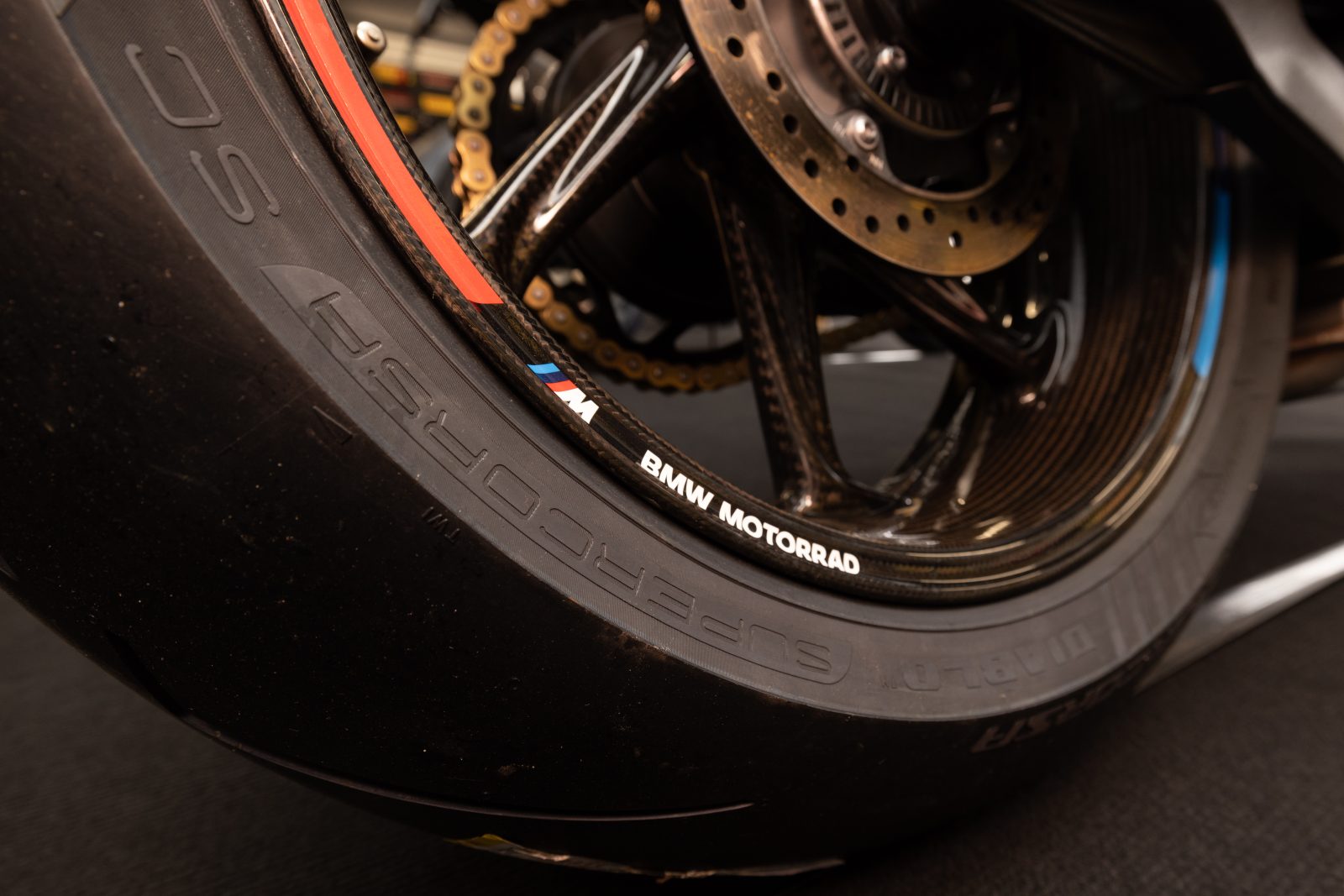
The SC1 and SC2 are the two most extreme compounds, ideally pre-heated with tyre warmers and perfect for those who are racers or track addicts. The SC1 prefers a smoother surface and, according to Pirelli, has the “best contact feeling”, while the SC2’s two main calling cards are stability and consistency – and it doesn’t mind abrasive surfaces, either.
Meanwhile the SC3 adds more endurance into the mix – which is why the compound is used on the shoulders of the SP tyres for extra longevity. The SC3 doesn’t require tyre warmers and has no problems with multiple heat cycles – which is why Pirelli is banking on club racers lapping it up. And if your lap times are only moderate, perhaps the SC3 is just the ticket for you.
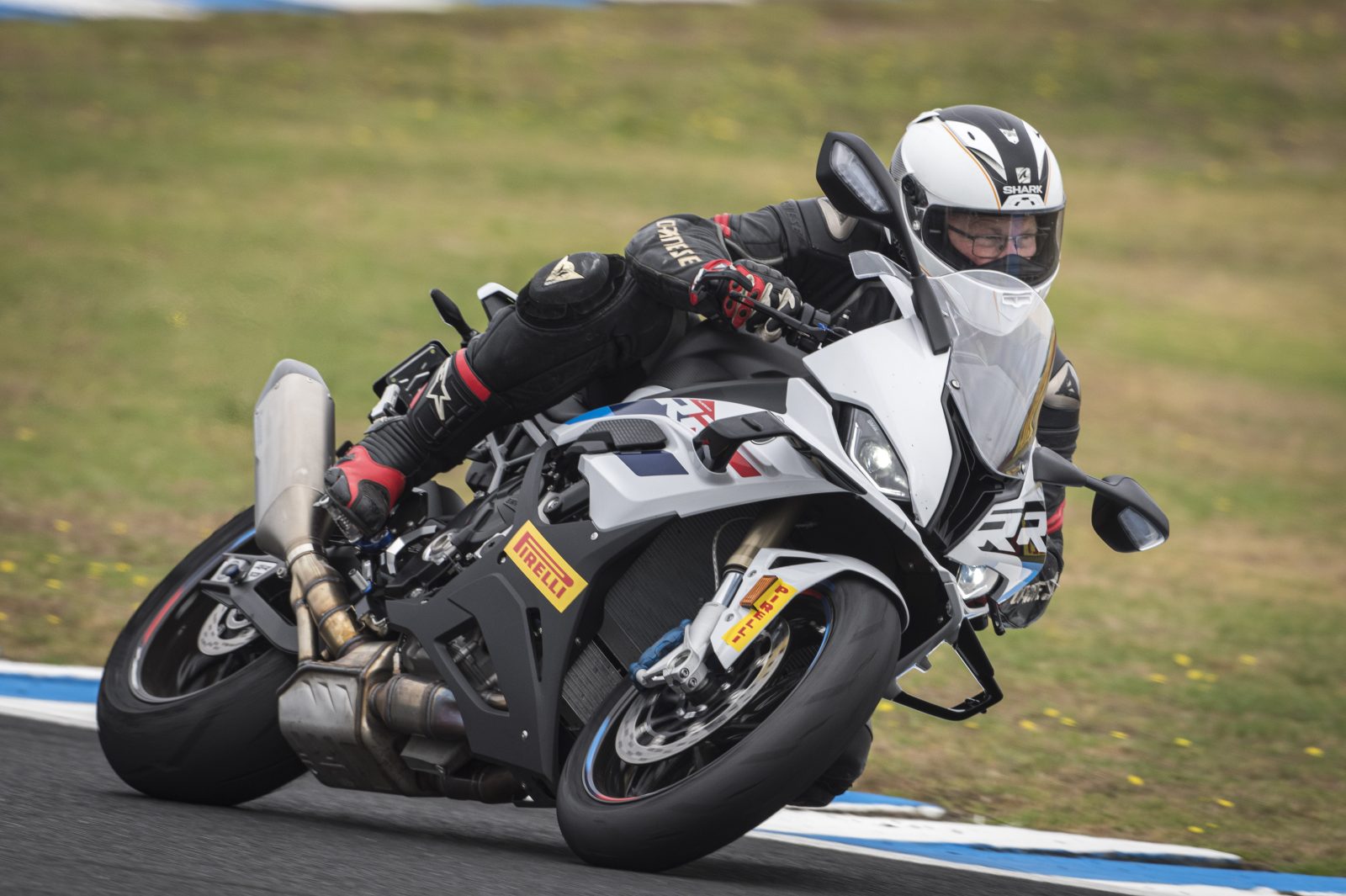
Unfortunately, we can’t provide a definitive word on that just yet, as only SC1s were fitted to the S 1000 RRs – but at least they were well up to working temperature by the time my session came around. A few of the other media had already commented that the scrub-in period for the SC1s was minimal, so a lot of the hard work had already been done. That left me a little more emboldened than expected – while also getting a feel for the S 1000 RR, which I hadn’t ridden in about seven years. A lot has changed in that time…
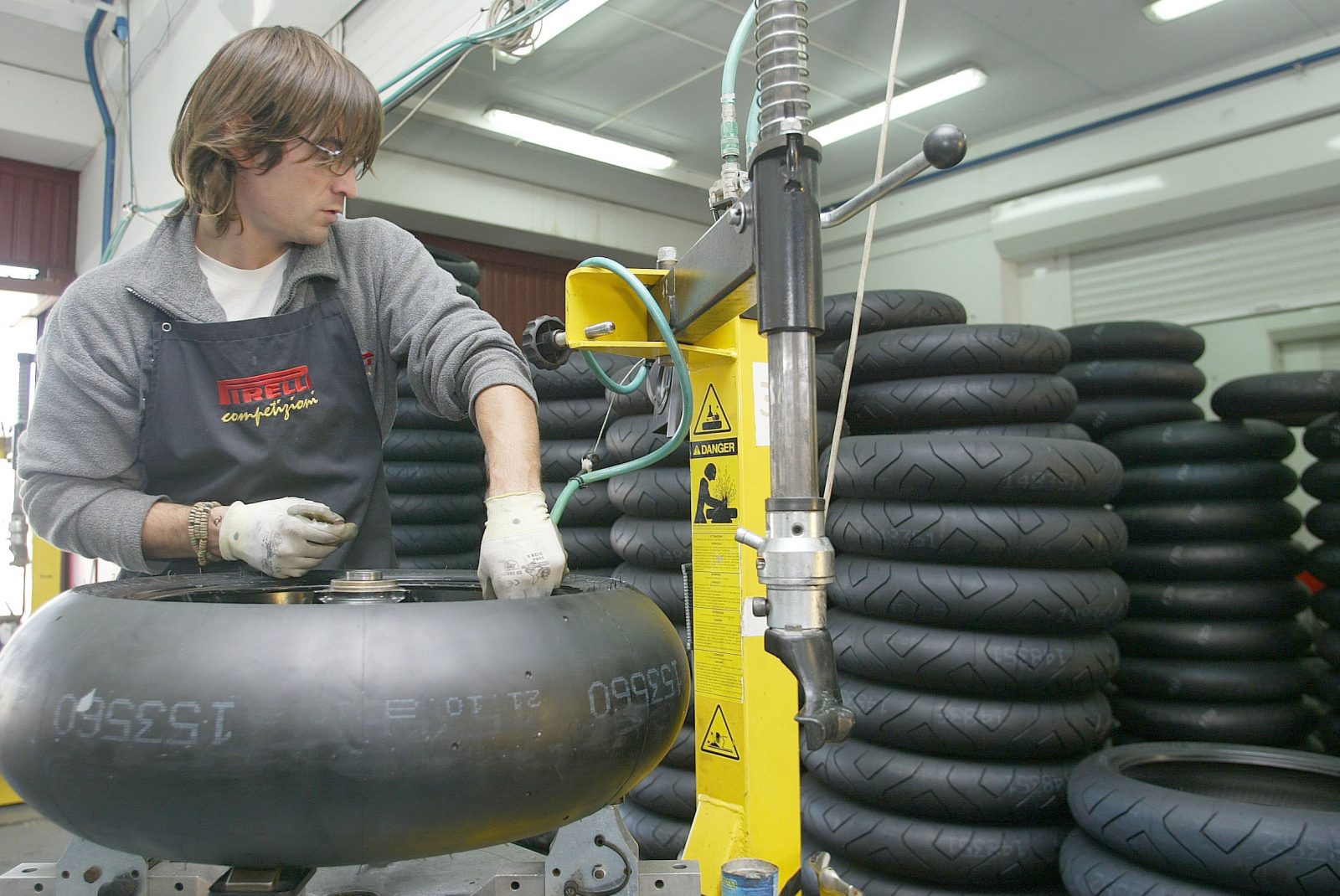
The SC1s are for bona-fide hard men and women, and I could just hear the hoops laughing at the mild examination I was putting them through – even though I was cracking the throttle open the best I could and trying to vary things up. But if I can take anything out of the exercise it’s that treaded racing tyres certainly deliver breathtaking results, and I can see why several domestic series around the globe have adopted the Pirelli SCs as their control tyre.
We’ve never had it so good on the tyre front – and Pirelli has certainly come a long way since manufacturing its first motorcycle radial in the early 1980s.
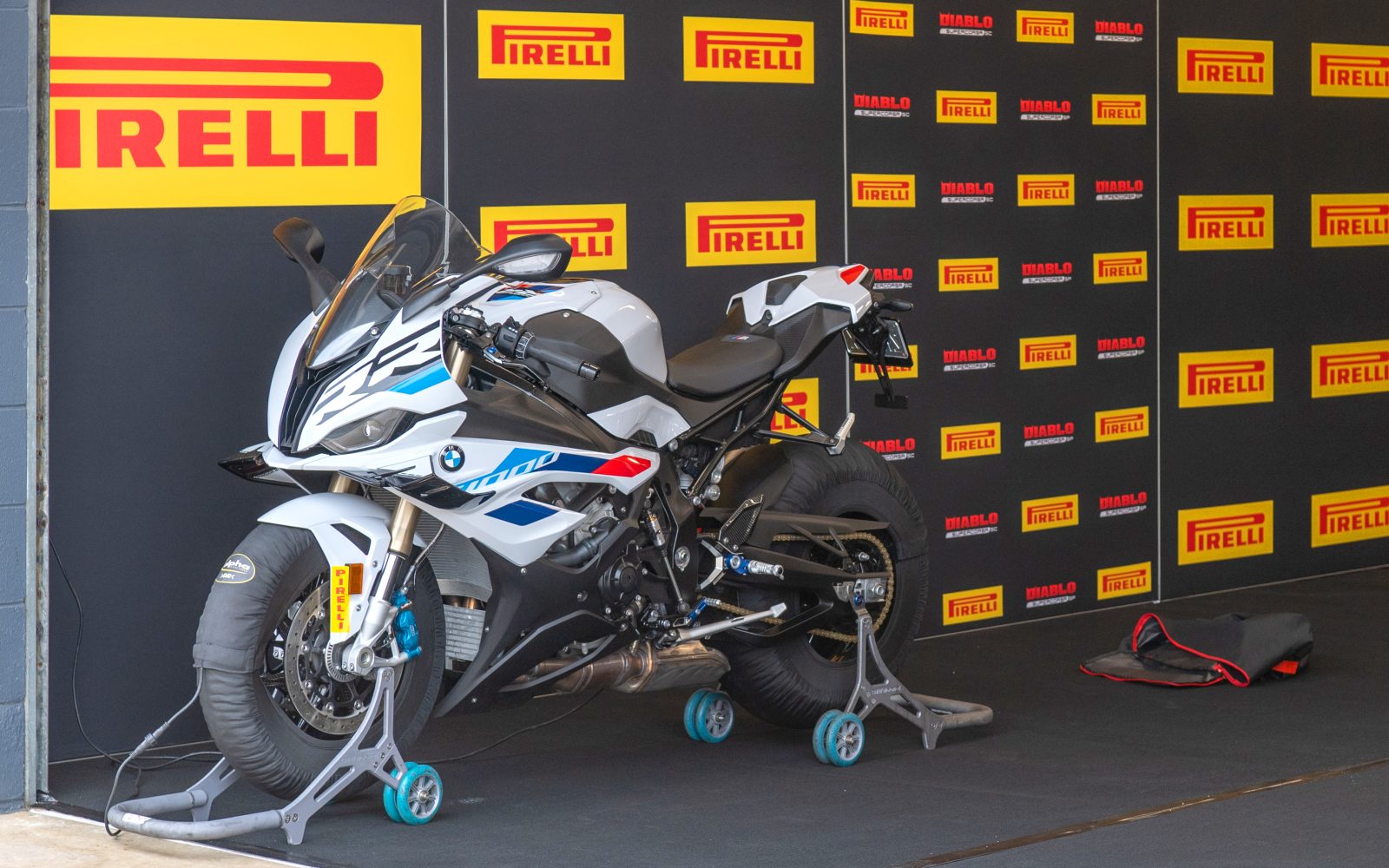
Sizing it up
The Diablo Supercorsa V4 range suits a variety of sportsbikes, all 17-inch and ZR rated.
There are two SP fronts, in 110 and 120 widths, and eight rears from 140 to 200, with prices ranging from $299.95 to $499.95.
The three SC compounds also straddle all the major widths and profiles, with the same starting price as the SP but topping out at $529.95 for the 200/60 rear.
Check with your local dealer for availability, as not all the profiles have yet arrived in Australia.
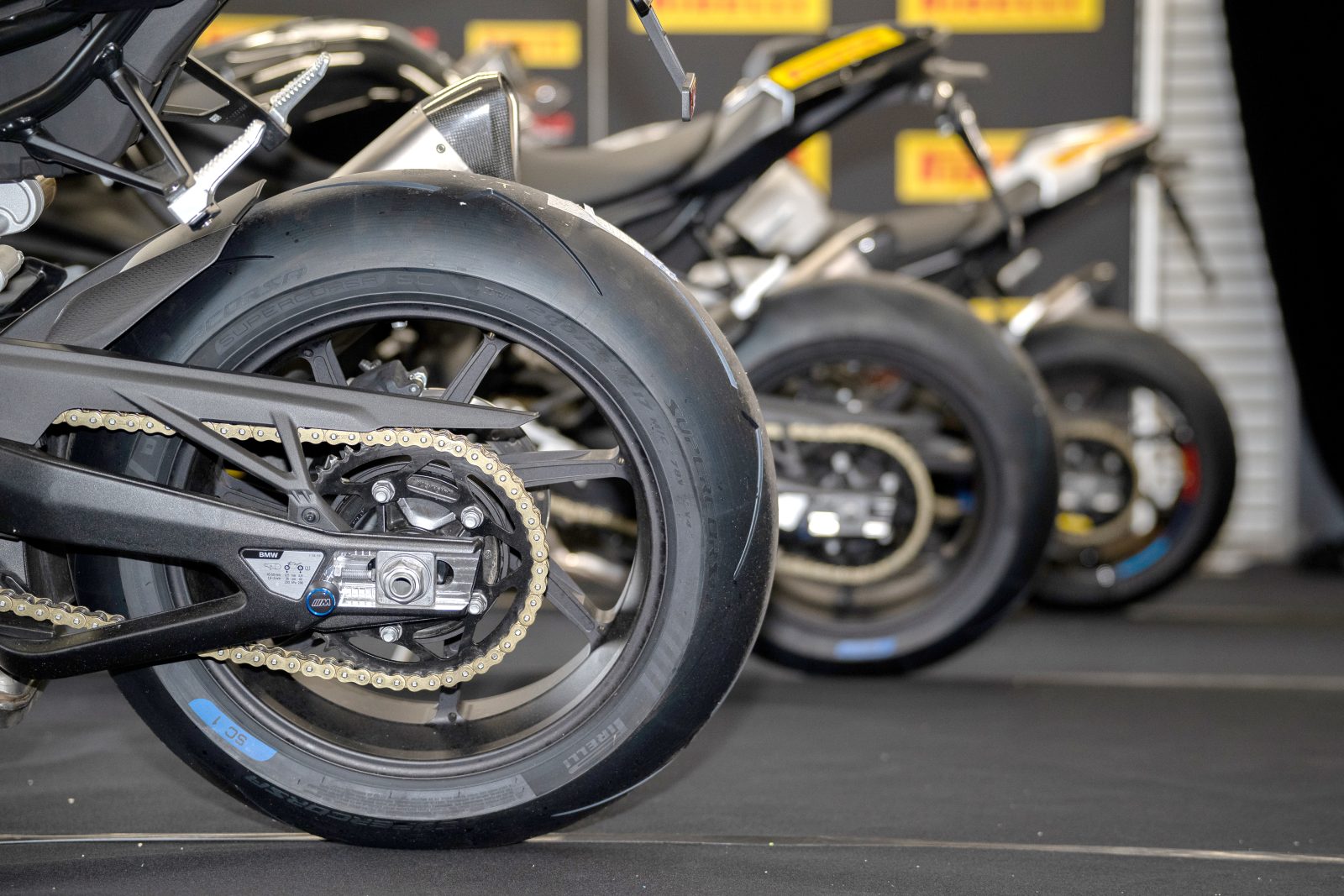
Tyreless effort
It’s hard to believe it’s been 20 years since Pirelli first became the official tyre supplier for WorldSBK. The financial commitment, resources and dedication to remain a technical partner for that long deserves massive kudos – and of course what Pirelli gets in return with brand awareness, consumer engagement, product development and reputation is worth its weight in gold. And it’s been the key driver in the development of the Diablo Supercorsa V4 family.
And the numbers over two decades of WorldSBK competition are bewildering: one million tyres have been used, and two million kilometres logged across 18 countries and 32 different circuits. Its winning percentage is okay, too…

Words Mark Fattore + Photography Andrew Gosling & Nick Edards